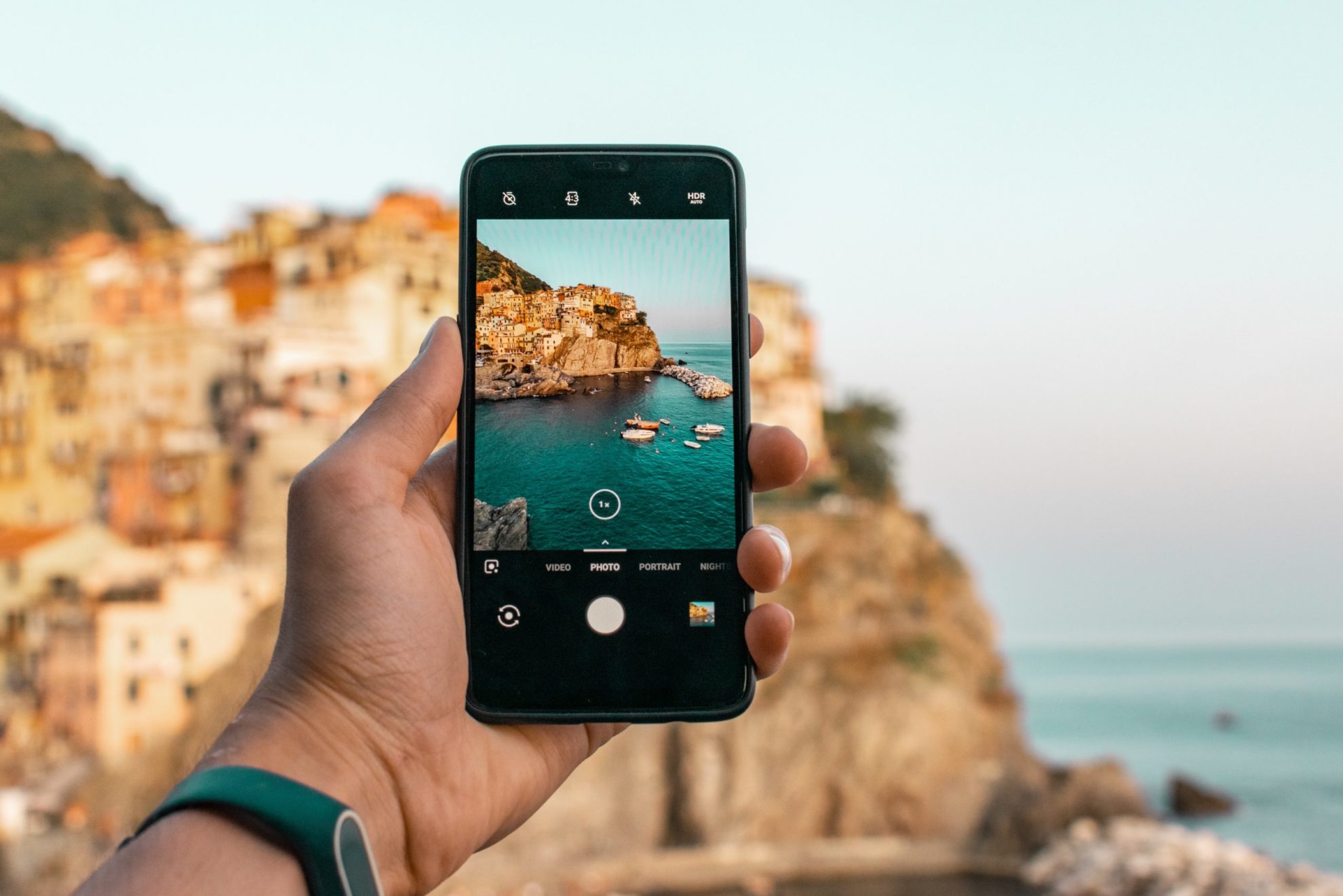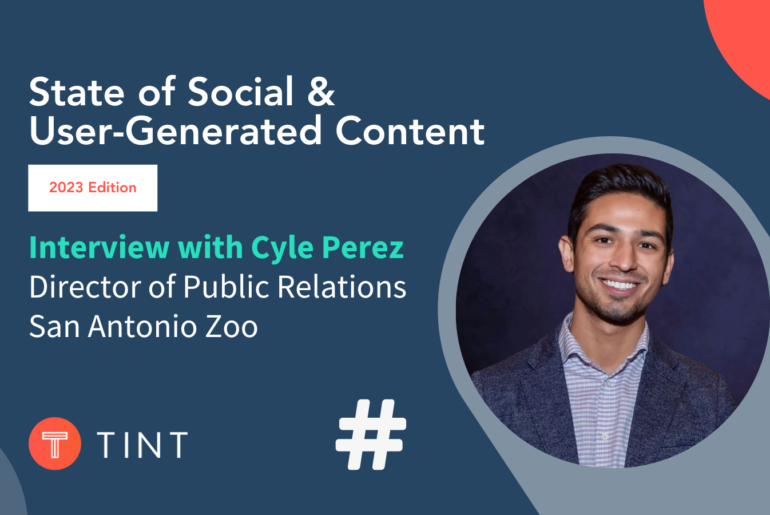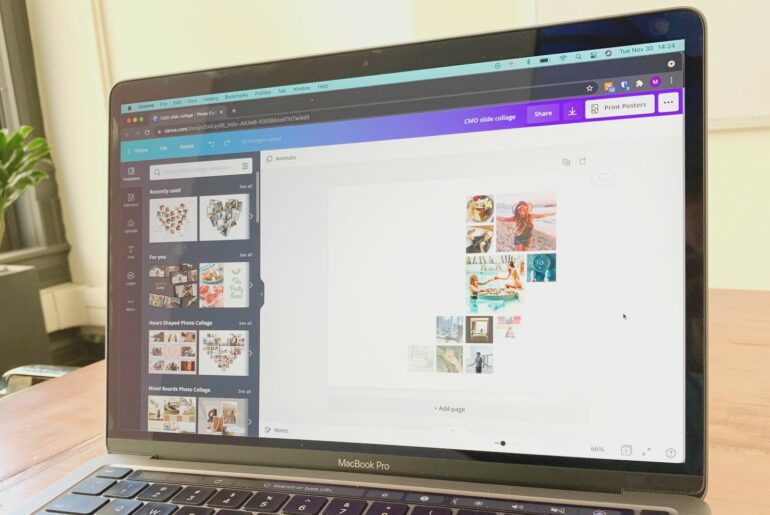Many brands have found the power in user-generated content (UGC) to promote their products. Seeing photos of customers and influencers with a product is the digital incarnation of word-of-mouth marketing, one of the most powerful ways to convert prospects to customers.
But before you screenshot that user’s post and throw it into an email nurture campaign, remember that a consumer’s picture is protected by copyright. This blog post unpacks things that brands should consider when it comes to user rights management, a personal example of getting caught up in a photography dispute and how to secure permission to repurpose content.
The Meme-ification of the World
Prior to the web, it was almost impossible to share media, especially photographs. If you didn’t have the film negative, making a clean copy was a challenge. The digitization of media coupled with the ability to distribute it online revolutionized how we edited and exchanged media. Since then, many individuals have turned a blind eye to copyright laws—online photos are copied and inserted in emails, shared on social networks and even turned into memes that can go viral.
While some efforts have been made to provide guidance on reusing media, such as the Creative Commons, the ramifications of repurposing online content is not something the average internet user considers. That’s most clearly seen in the world of memes, where a picture is coopted by an online community and funny phrases are plastered on top of it.
While a generation of digital natives are bringing technical savvy to the workplace, they are also bringing misguided notions about user rights that pertain to photographs. After all, if your entire online existence has been copying, pasting and resharing photos in your personal online footprint, you are most likely not considering copyright ramifications and exposure when it comes to doing the same thing for a brand.
But, when repurposing online content, treating a brand’s digital account like a personal one is an invitation to trouble.
A Personal Story of Violating User Rights
I experienced this while working on the social media team for a major cloud computing and IT services company. We would often find online images to complement our social messages—and most often we tried to source those photos with a Creative Commons license or would purchase stock photography.
However, one time a colleague found a killer image depicting an iPhone behind glass with doe-eyed fanboys looking on after the device was announced at an Apple event in 2007. It was used to accompany a tweet about the awe that technology can inspire. The only problem was (1) this photo did not carry a Creative Commons license to be reused, and (2) my colleague did not receive permission to reuse the image.
After posting the image to our company’s Twitter account, one sharply observant individual recognized the photograph and alerted the photographer (an influencer in his own right who, coincidentally, had a considerable online following). After he retweeted the brand’s post with a critical comment, we were inundated with online activity of people furious that we stole his image without proper approval and licensing. Not only was the brand exposed for legal damages, we suffered in the court of opinion for ripping off the image. I had always known user rights were important, but this was a first-hand experience of the backlash that comes with violating them.
UGC Does Influence Customers—What’s a Brand to Do?
While that anecdote illustrates the negatives of appropriating UGC without permission, brands would be foolish to avoid repurposing customer images altogether. User-generated content is akin to word-of-mouth marketing, the gold standard that many marketers strive to generate. Repurposing that UGC on your brand’s platforms and in paid media efforts shares that consumer-driven marketing with a larger audience.
TINT has reported on how UGC efforts impact business:
- 50% of Facebook users base travel plans on their friend’s travel photos
- 93% of e-commerce consumers find UGC helpful when making a purchasing decision
- UGC-based ads get 4x higher CTR and a 50% drop in CPC than average
Clearly, UGC is instrumental in developing interest and coaxing prospects through the funnel. But you need to do several things prior to reposting a user’s image to your social channels, website or ad campaign.
#1 Ask permission. Many people who express love for a brand are incredibly excited to be contacted by the company. A simple request to reuse their photos is often enough to get a social media user’s permission. Influencers might be interested in exploring payment in return for their images, so be prepared for some users not giving you that image purely out of the kindness of their heart.
#2 Document and save the acceptance. Getting permission is useless if you don’t document the response and save it for future reference. This paper trail can be important in the event of a dispute.
#3 Check for copyright infractions. Just because a photo appears in a user’s social feed doesn’t necessarily mean that they own the copyright. Some consumers lift and modify others’ images, so be sure to investigate whether they have the right to decide if you can repurpose the image.
#4 Share the love. While not necessarily mandated, when repurposing a user’s image be sure to share the love by tagging them in the photo and status posts. People get a kick out of their favorite brands putting the spotlight on them, and doing so fosters a community of brand advocates.
TINT is Here to Help
If you’re looking to implement a UGC program for your brand but are concerned with securing the user rights, look no further than the TINT platform. Not only do we offer a Content Aggregator to help surface UGC and an Experience Builder to showcase it on your site, TINT has a robust UGC rights management tool to make sure you’re protected.
Our platform can quickly send a request to repurpose user images while keeping records of their responses for future audits. Furthermore, our proprietary copyright detection system uses AI to ascertain whether the social media user reused a previously published image. Take your UGC program to the next level by scheduling a demo with TINT today.
Header photo by Dominik Dancs on Unsplash.




